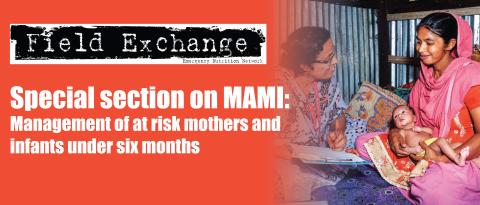The “ComPAS” trial combined treatment model for acute malnutrition: study protocol for the economic evaluation
Research snapshot1
This paper describes the protocol for the economic evaluation of the ComPAS trial, a cluster-randomised controlled, non-inferiority trial2 that took place between May 2017 and July 2018. It compared a novel combined protocol for treating uncomplicated acute malnutrition to the current standard protocol in children age 6 to 59 months in South Sudan and Kenya. This study will calculate the total economic costs of both protocols from a societal perspective, using accounting data, interviews and survey questionnaires. The incremental cost of implementing the combined protocol will be estimated and all costs and outcomes will be presented as a cost-consequence analysis. Incremental cost-effectiveness ratio will be calculated for primary and secondary outcome, if statistically significant.
The authors hypothesise that implementing the combined protocol will be cost-effective due to streamlined logistics at clinic level, reduced length of treatment (especially for MAM) and reduced dosages of RUTF. The findings of this economic evaluation will be important for policy-makers, especially given the hypothesised non-inferiority of the main health outcomes. The publication of this protocol aims to improve rigour of conduct and transparency of data collection and analysis. It is also intended to promote inclusion of economic evaluation in other nutrition intervention studies, especially for MAM, and improve comparability with other studies.
Endnotes
1Lelijveld N, Bailey J, Mayberry A et al. (2018). The “compass Trial” combined treatment model for acute malnutrition: study protocol for the economic evaluation. Trials (2018) 19:252 https://doi.org/10.1186/s13063-018-2594-7
2It is expected that health outcomes will not be statistically significantly different between the intervention and control arms of the study.


